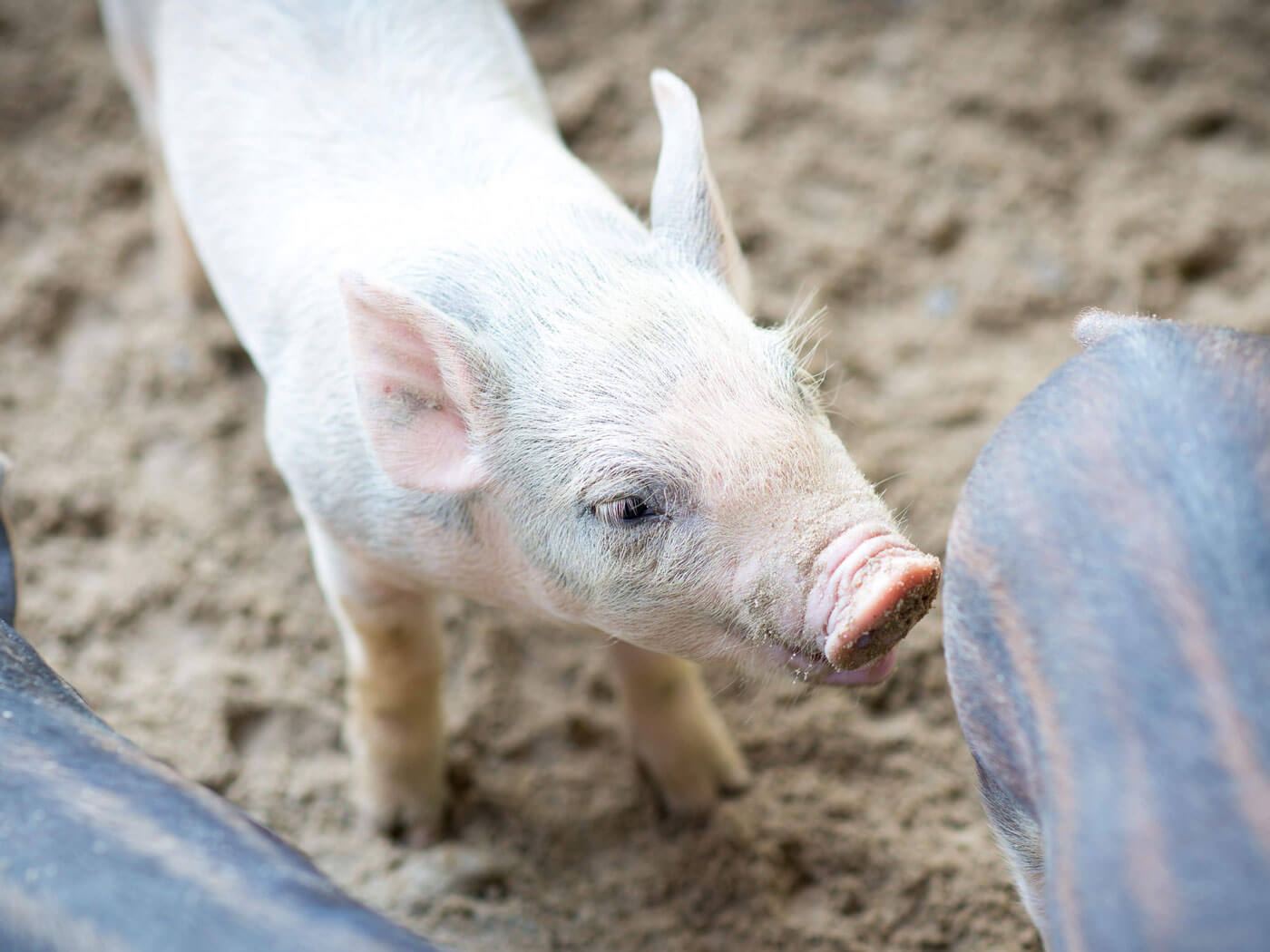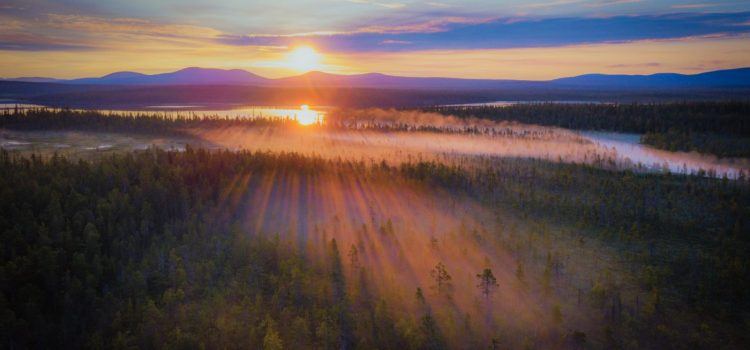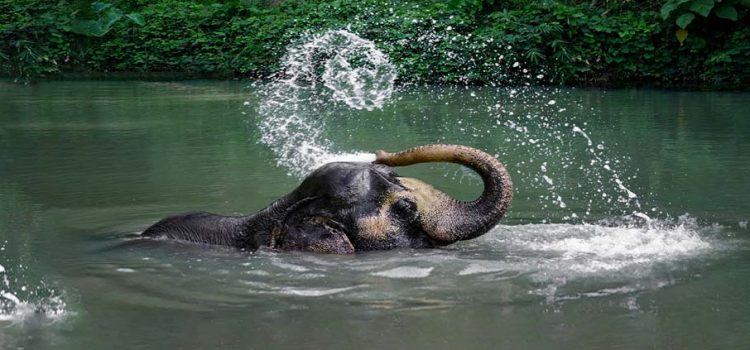The Sámi live in the Northern parts of Scandinavia and in parts of North-Eastern Russia. The Sámi have been known in English as Lapps or Laplanders, but these terms are regarded as offensive by some Sámi people. You just can use the word Sámi. In Finland, the Sámi population is around 10 500 persons. The preservation of their endangered language and culture is governed by an autonomous Sámi parliament in Inari, Finland. The Sámi have their National Day on February 6.

Kansainvälinen eläinten päivä
4. lokakuuta, on kansainvälinen eläinten päivä. Joka aloittaa myös valtakunnallisen Eläinten viikon, jota on vietetty




